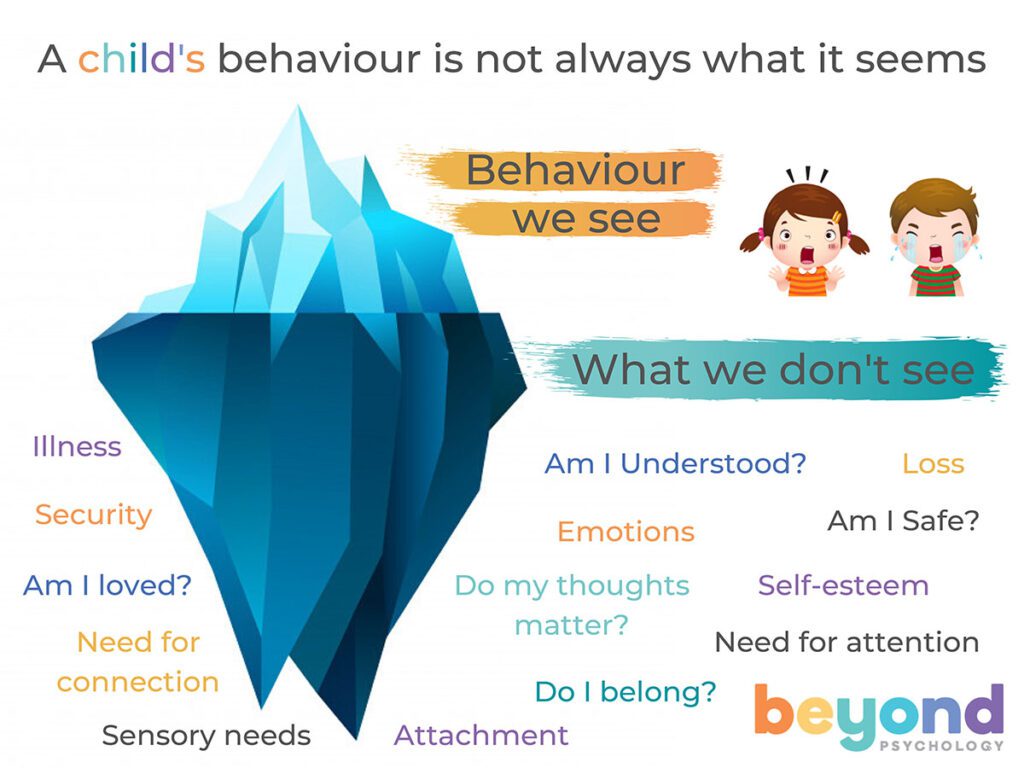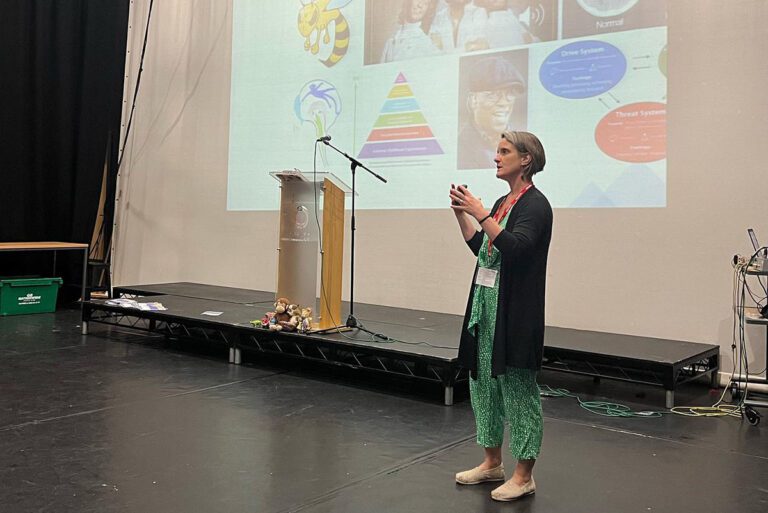Embrace the Power of Nurturing 🌻 – Looking at behaviour through a trauma-informed lens.
Just like a flower, our growth and potential are influenced by the environment we’re in.
One of our favourite quotes: “When a flower doesn’t bloom, you fix the environment in which it grows, not the flower.” – Alexander den Heijer
When considering a child’s behaviour as problematic, instead of focusing on the young person’s behaviour and blaming them, we find it’s often more helpful to manage behaviour and support them by shifting our focus on what could be impacting the young person in their environment leading to them to be displaying these behaviours.
As well as considering the environment, we want to unpick what emotions the child is communicating to us, through these behaviours – could they be feeling sad, angry or frustrated and overwhelmed by these big emotions?
We also consider if it is it possible if this child did not have all of their needs met earlier in life, so they have learnt to display extreme behaviours that can be difficult to manage, in an attempt to ensure they receive attention for their needs from their caregiver. Attention from our caregivers as babies is of course so important to ensure our survival and therefore some young people may learn to do anything they can to gain this attention to stay safe.
If the young person’s early life has been one of chaos and they have lived in environments that have caused them to experience trauma, behaviours necessary for their survival are taken into their later life as their default to protect themselves. Children who are display extreme behaviours can often be explained by their attempts to get their need for attention met. Therefore, what is known as ‘attention seeking’ behaviour, with negative connotations, when looked at through a trauma-informed lense, is not a problem behaviour but a safety-seeking behaviour (we all need attention to survive!).
Once we look at behaviour through the trauma-informed lens we can began to have more empathy for it and work towards repair. Our message is to always look beyond the behaviour and to work out what the communication is, so we can support the young person in a way that helps them to feel safer/ better in themselves, which is likely to result in a reduction in the unwanted behaviour. The iceberg graphic attempts to depict this explanation of ‘looking beyond the behaviour’.




